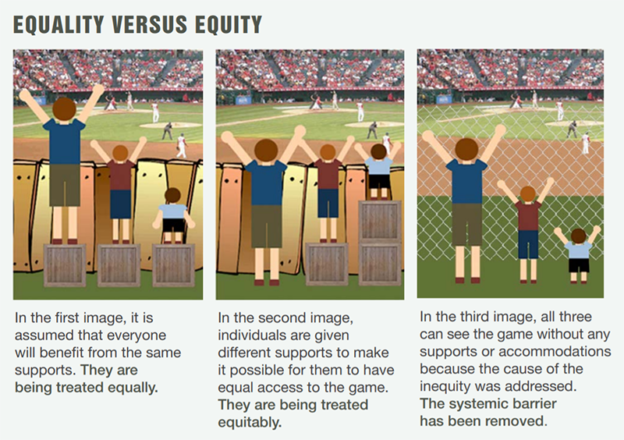In the original the possibilities for a prize behind the doors 1,2,3 are:
A) YNN B) NYN C) NNY
In (A) - A.1 you choose door 1 and then stay, you win A.2 you choose door 1 and switch, you lose A.3 you choose door 2 and stay, you lose A.4 You choose door 2 and switch, you win A.5 you choose door 3 and stay, you lose A.6 you choose door 3 and switch, you win
By staying, you lose in 2 of 3 cases (A.3 and A.5)
By switching you only lose in 1 case (A.2)
It works out for (B) and © the same way. You have a 2/3rds chance of winning if you switch and a 1/3rd chance of winning if you don’t.
This isn’t a trick or anything, the math is pretty clear and you can actually write out all the scenarios and count it up yourself. It’s just a little counterintuitive because we aren’t used to thinking in terms of conditional probabilities this way.
Another way to think about it is the probability of losing. If the contestant loses, it means that they picked correctly on their first choice and then swapped. This will happen 1/3rd of the games, because there is a 1 in 3 chance of picking correctly the first time. So, if you have a 1/3rd chance of losing by swapping, then it follows that you have a 2/3rds chance of winning by swapping (choosing incorrectly at the start and then switching to the correct door)







Right, isn’t that the point of the question? What old time things did we do for one reason (cloven hooves) that turned out to be right for completely different reasons (health and safety)